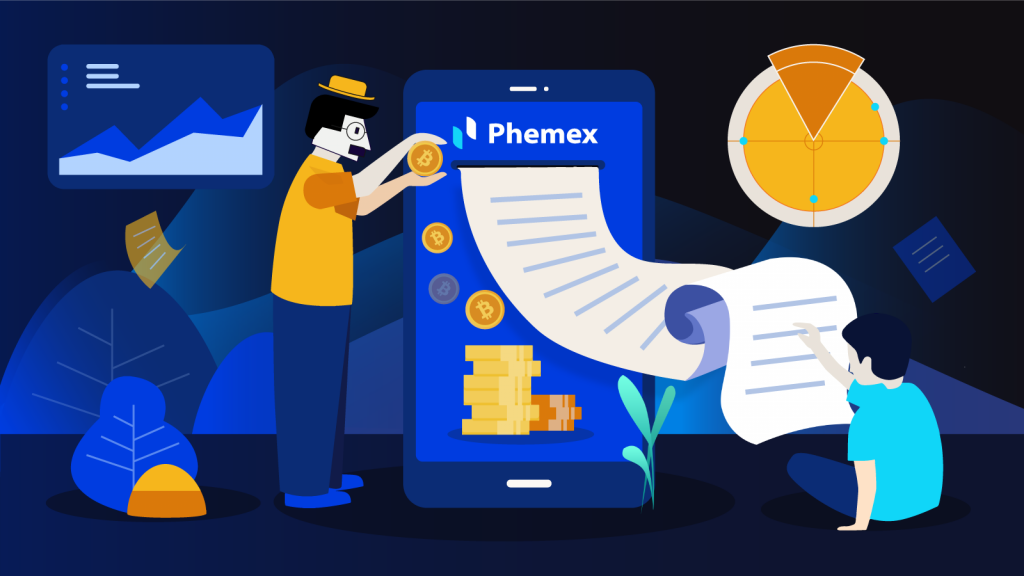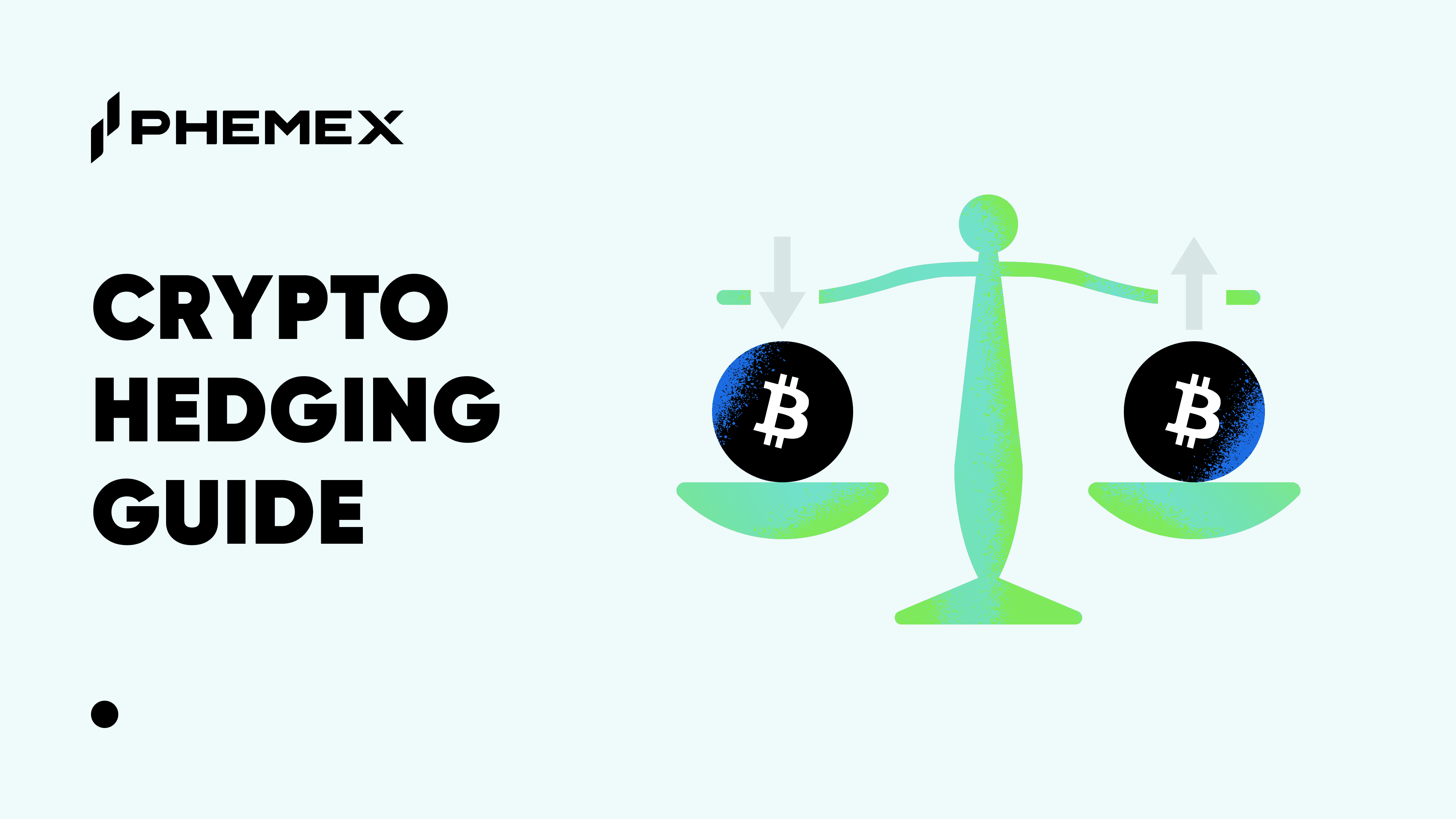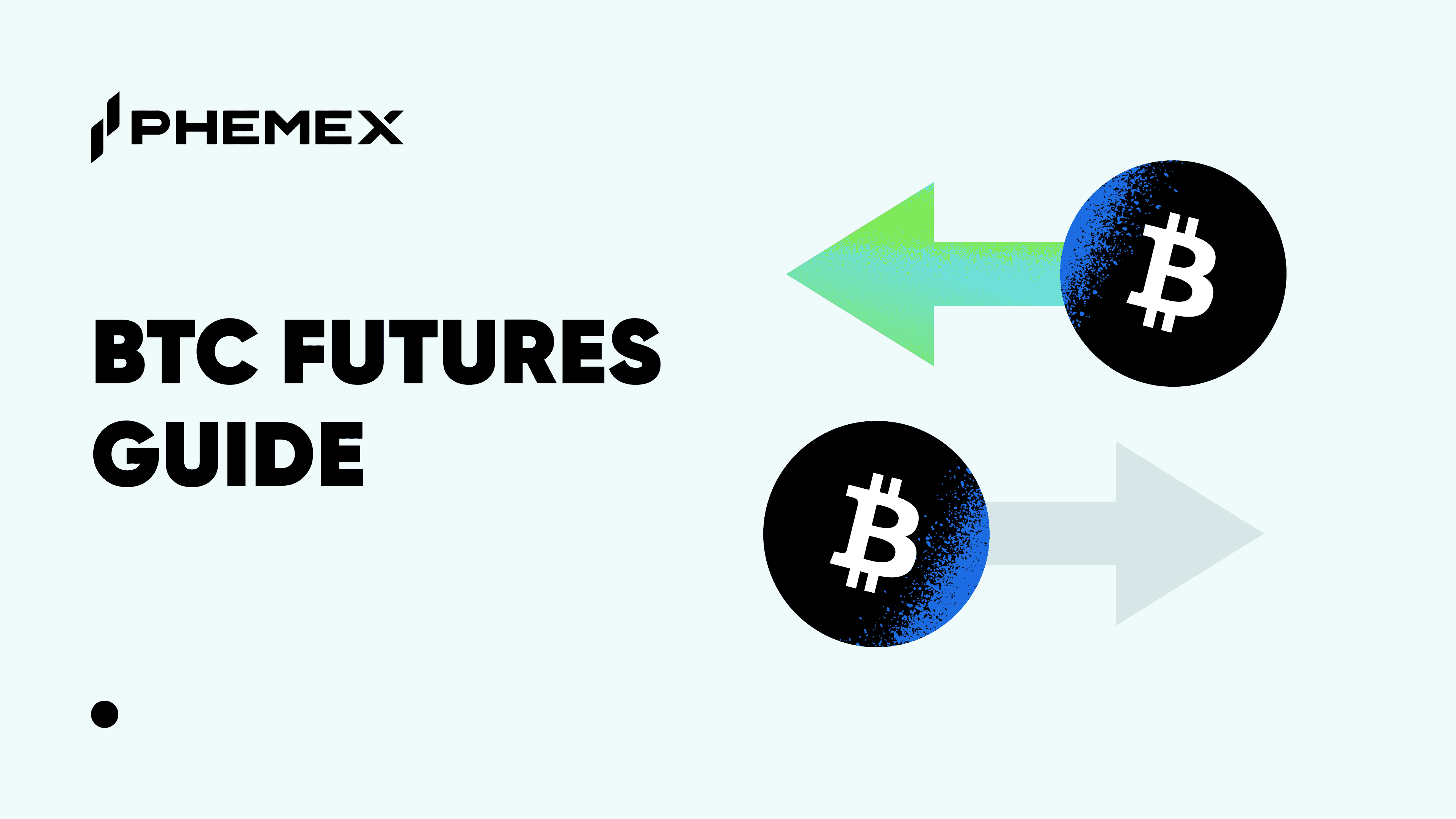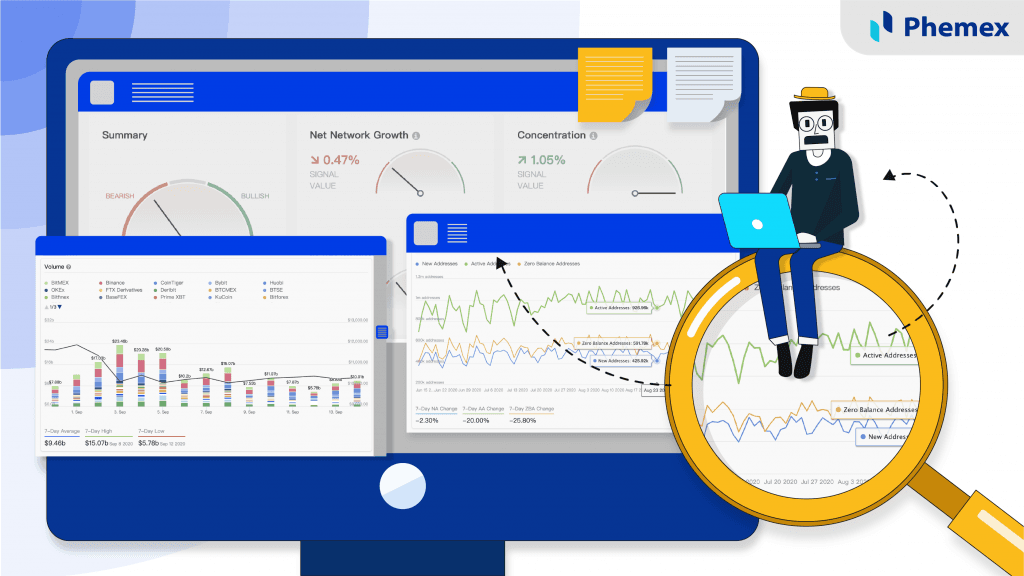
When talking to more experienced order flow traders you will consistently hear them talk about how they are trying to identify who is “off-sides” or who is “getting it wrong”.
What they are referring to are times in which one side of the market is getting crowded in one area. When we talk about positioning this is what we are often looking to identify. Are there any signs that one side of the market, either longs or shorts, is currently getting trapped or pocketed into one location?
It is this activity and crowding that no longer results in further movement that ends up resulting in a violent unwind in the opposite direction. “Unwinding” meaning the closing out of these positions rapidly at once. If a market is heavily long and crowded this means a sell-off. If the market is overly short and crowded this means a rally i.e. “short squeeze”.
There are many tools that traders will use to identify this type of opportunity, some more complex than others, but one of the best things we can observe happens to be available to anyone trading on a crypto derivatives platform – the funding rate. We have gone over the funding rate in considerable detail in our other articles, but the basic purpose of it is to keep the derivative prices and index prices in line.
You can also take a look at the concept of funding rates here:
Let us use the example of a bullish trend. As you can imagine in a bullish trend most people are going to want long exposure, therefore the funding rate acts as an incentive mechanism for sidelined traders to take the opposite side of the trade, or to close out currently held positions. The opposite can be said of a bearish trend.
Remember, the purpose of this is to keep the exchange price inline and settling against the spot derived index price.
Another important note is that on the futures exchange there is a long for every short, and short for every long. What this leaves out is the leverage used and aggressiveness by each side. It is also worth noting that it is normal for the funding rate to be somewhat positive in bullish trends, and somewhat negative in bearish trends.
So how can we use the funding rate to our advantage?
As a sentiment and positioning tool
We can use the funding rate as a sentiment and positioning tool for trading opportunities during periods when the funding is getting toward one extreme and price is no longer making progress in that direction.
For example, let’s look at a period of consolidation following price moving in a strong uptrend. During the trend up funding was moderate, and ultimately after price began to range funding began to spike much more, even as price continued to maintain the same higher time-frame range.

(The funding rate is the black line, the red line is the premium index which is a derivative of basis, and ultimately the root of the funding rate. Many of these free indicators can be found on tradingview)
The fact that price was no longer making upward progress yet funding stayed extended to the upside was a sign that the market was getting overly crowded at the high. Think of it as the market putting in effort and work only to no longer see results. Buyers were getting aggressively long, and price was no longer making progress. The only thing left to do was price to squeeze out longs and sell off.
In a separate example below, we have a price that has just fallen sharply and begins to compress in a range. As price is ranging and even beginning to trade slightly higher, funding and basis remain increasingly negative. This is an indication that shorts are still aggressively committing to opening positions, yet price is no longer moving lower. After shorts are trapped price has only to trade in the opposite direction to cause a squeeze upward.

If anything, what the funding can do is serve as a bias check. If we have a market that has just put in considerable moves in either direction, resulting in a either a very positive or a very negative funding, we can check ourselves from taking trend continuation trades and look more for counter-trend opportunities.
By Ryan Scott (@CanteringClark)
Related trading tips:
Using volume profile to predict future price interactions
Using futures term structure as crypto sentiment indicators
Read More
- Using Futures Term Structure and Basis as A Bitcoin Sentiment Indicator
- How to Measure Liquidity and Use It to Make Trading Decisions?
- What Is Momentum Trading? Profiting from Market Volatility
- Money Flow Index: How to Use It to Trade Bitcoin
- How to Read Crypto Charts: Learn Trading Chart Patterns
- Why Fees and Transaction Costs Matter?
- What Is Trend Trading: Following the Market When It Pays
- Managing Emotions







